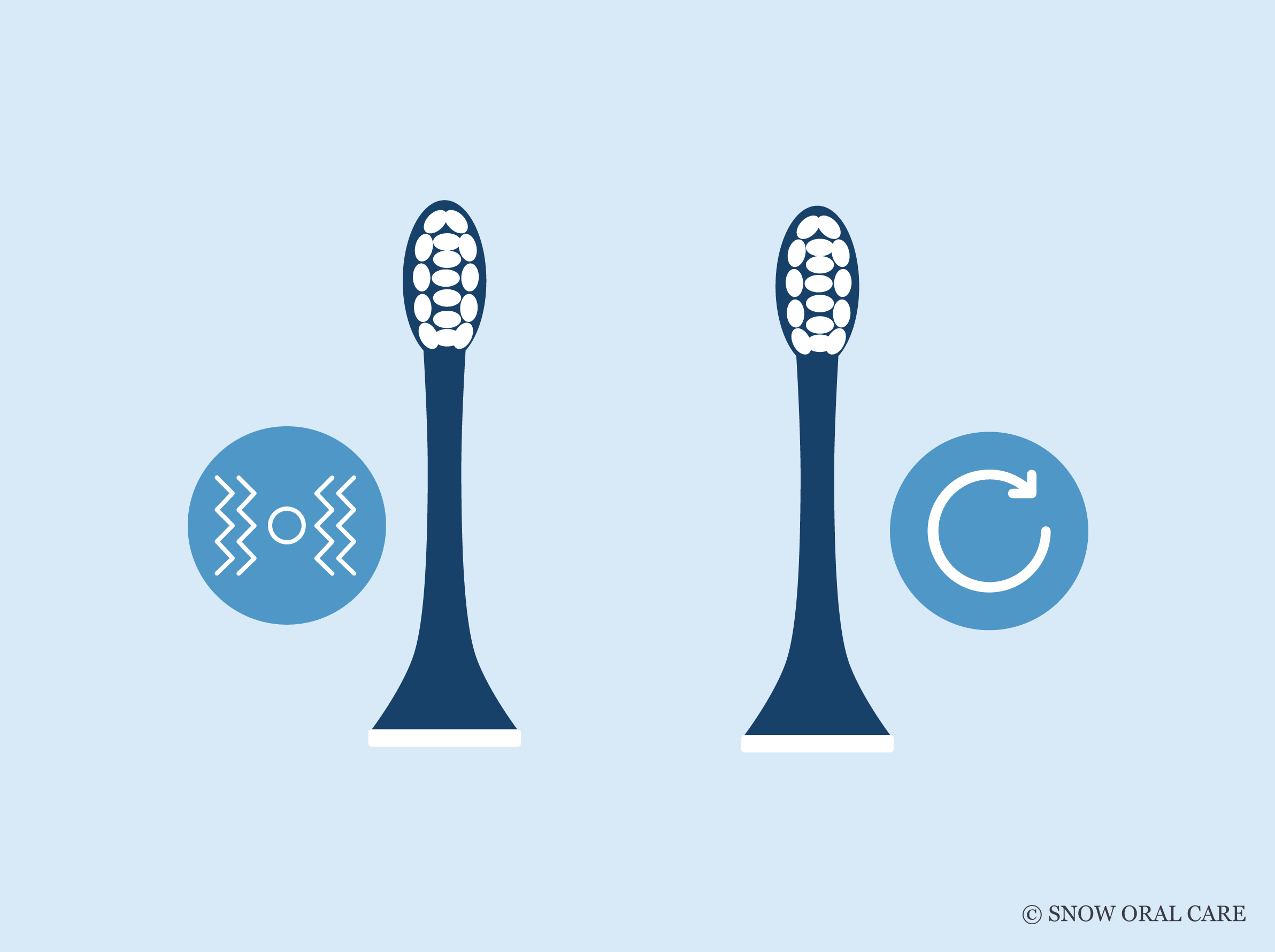Choosing between a rotating toothbrush vs vibrating model can make a big difference in your oral care. Rotating oscillating electric toothbrushes use small, circular brush heads, while sonic electric toothbrushes rely on high-frequency side-to-side motion. Each offers unique benefits for cleaning effectiveness, gum care, and ease of use.
In this guide, we break down the key differences between sonic toothbrushes and rotating electric toothbrushes to help you determine which type best suits your needs.
Key Takeaways
-
Rotating toothbrushes generally provide superior plaque removal and are more effective for gingivitis control compared to sonic toothbrushes.
-
User comfort and experience are crucial factors in choosing an electric toothbrush, with sonic models being gentler and more suitable for individuals with sensitive gums.
-
Price and advanced features vary widely; both rotating and sonic toothbrushes can be effective, but personal preferences and dental health needs should guide the choice.
Understanding Rotating and Vibrating Toothbrushes
There are two main types of electric toothbrushes: rotating oscillating electric toothbrushes and sonic electric toothbrushes.
Rotating toothbrushes, also known as oscillating electric toothbrushes, use small, round brush heads that rotate in a circular motion. This design is similar to tools used in professional cleanings and is effective at breaking up plaque on the tooth surface. They are handy for targeting plaque around the gumline.
Sonic brushes operate with high-frequency side-to-side vibrations, usually between 24,000 and 40,000 strokes per minute. This creates fluid movement that extends cleaning beyond the bristle tips. Sonic toothbrushes are ideal for users with braces, tight spaces, or sensitive gums.
Models like Oral-B deliver up to 8,800 oscillations and 40,000 pulsations per minute. In comparison, sonic electric brushes such as those from Philips Sonicare use long, oval brush heads that feel similar to a manual toothbrush. This can make them easier to adapt to for new electric brush users.
Both types outperform a manual toothbrush in terms of plaque removal and overall effectiveness. Your choice should depend on comfort, sensitivity, and your dental care routine.
If you’re looking for advanced features and gentle power, the SNOW LED Whitening Electric Toothbrush (Gen 2) combines 39,000 sonic vibrations per minute with LED whitening to brighten teeth while you brush.
Try SNOW’s whitening toothbrush for a deeper clean
For more details on toothbrush types and their benefits, visit the ADA’s official toothbrush guide.
Cleaning Efficiency: Rotating vs Vibrating Toothbrushes
Cleaning efficiency is a vital factor in maintaining oral health, and both rotating and vibrating toothbrushes offer unique benefits. Clinical studies have shown that oscillating-rotating toothbrushes often provide superior plaque removal compared to their vibrating counterparts. For instance, a comprehensive 2020 meta-analysis found that oscillating-rotating toothbrushes achieved a 20% greater overall plaque reduction compared to manual toothbrushes and a 4% greater reduction than sonic toothbrushes. This enhanced cleaning efficacy contributes to better oral hygiene and reduces the risk of dental issues like cavities and gum disease.
For gingivitis control, oscillating-rotating technology shows impressive results:
-
A study revealed a 50% reduction in bleeding compared to manual brushes.
-
There was a 28% reduction in bleeding compared to vibrating models.
-
This suggests that those struggling with gingivitis might find oscillating-rotating toothbrushes more effective.
-
The mechanical rotation of the brush head efficiently disrupts plaque biofilm.
-
This makes it easier to remove plaque and food particles from teeth and the gumline.
Although sonic toothbrushes may not always match the plaque removal capabilities of sonic and oscillating toothbrushes, they still provide significant benefits. Their high-frequency vibrations create a dynamic cleaning action that reaches areas beyond the bristle tips, ensuring thorough cleaning. This makes them particularly effective for users with sensitive gums or orthodontic appliances.
Overall, both types of electric toothbrushes improve oral health, but the choice between them will depend on your individual dental hygiene needs and preferences.
User Experience: Comfort and Adaptation
Comfort plays a significant role in choosing the right electric toothbrush. Many people transitioning from a manual toothbrush prefer sonic toothbrushes because they feel gentler on the gums. The high-frequency vibrations clean effectively without applying too much pressure, which can reduce discomfort during brushing.
This softer experience is invaluable for people with sensitive gums, gag reflex issues, or those new to powered brushes. The lightweight design and reduced foam production of sonic brushes also make brushing more manageable.
For those with limited mobility or dexterity, electric toothbrushes require less effort to use, offering consistent and thorough cleaning. This makes them ideal for seniors or anyone with joint or hand issues.
People often choose sonic toothbrushes because:
-
They’re less aggressive than rotating models
-
They reduce the risk of overbrushing
-
They help ease into new routines without irritation
Ultimately, the best brush is the one you’ll use consistently. A comfortable daily routine leads to better dental hygiene over time.
For a gentle yet powerful clean, SNOW's LED Sonic Toothbrush offers 39,000 vibrations per minute and whitening support in one sleek design.
Brush gently with SNOW’s advanced sonic tech
Safety Considerations for Gum Health
Maintaining gum health is just as important as keeping your teeth clean. When comparing electric toothbrushes, both oscillating rotating brushes and sonic toothbrushes can be safe if used correctly.
Some users with sensitive gums report discomfort when using brushes with a strong rotating motion. To prevent irritation or gum recession, choose models with built-in pressure sensors that alert you when you're brushing too hard. Soft-bristled heads are also essential for gentle cleaning.
Brushing technique plays a significant role in safety. Hold the brush at a 45-degree angle to the gumline and use light, circular motions. This approach supports gum health, reduces inflammation, and allows for improved plaque removal.
According to the ADA’s brushing guidelines, both oscillating-rotating and sonic toothbrushes that earn the ADA Seal of Acceptance meet safety and efficacy standards for daily use.
A 2011 safety review found no link between electric toothbrushes and gum recession when proper technique is followed. Whether you're using a dynamic cleaning action from sonic vibrations or a rotating motion, both can be part of a routine that improves oral health.
If you wear braces or aligners, pairing your brush with the right orthodontic accessories can also protect your gums while reaching tricky areas.
Looking for a brush designed with gum safety in mind? Try SNOW’s LED Sonic Toothbrush for a pressure-controlled clean that’s gentle and effective.
Shop SNOW’s dentist-designed sonic brush
Price Comparison and Value
Cost is a key factor when choosing the best toothbrush. While all electric toothbrushes help you clean teeth, features and price points vary.
Affordable options like the Oral-B Pro 1000, a rotating toothbrush with a round head, retail for about $40. The Sonicare 4100 Series, a high-frequency sonic toothbrush, is slightly more at $48.95 and known for its gentler brushing action.
Premium brushes range from $200 to $230. These include models like the Oral-B Genius X with AI brushing feedback and the Philips Sonicare DiamondClean Smart with app support and pressure sensors. They may improve cleaning efficacy and help remove more plaque over time.
Regardless of price, many dental professionals agree that proper brushing technique matters more than the cost. Still, keep in mind that replacement brush heads add to long-term expenses.
If you're looking for pro-level features at a lower cost, get SNOW's LED Whitening Electric Toothbrush for only $79. It combines 39,000 sonic vibrations with LED whitening in one sleek device.
Advanced Features and Innovations
Modern electric toothbrushes come with a range of advanced features that enhance the brushing experience and improve oral hygiene, including many electric toothbrushes that feature:
-
AI toothbrushes that learn brushing patterns over time and provide tailored recommendations for improving dental care.
-
Oral-B’s AI feature that adjusts to the user’s brushing habits, ensuring ongoing improvement in cleaning effectiveness.
-
Smart toothbrushes that often sync with apps, enabling users to view statistics on their brushing habits and receive real-time feedback.
Pressure sensors in many premium electric toothbrushes offer several benefits:
-
Alert users when applying excessive force, helping to prevent gum damage and ensure a gentle pressure brushing experience.
-
Some toothbrushes, like the Philips Sonicare DiamondClean Smart, include pressure sensors and app connectivity, offering a comprehensive brushing solution.
-
Specific models have sensors that detect missed areas during brushing, enhancing cleaning efficiency.
Gamification elements in associated apps motivate users, especially children, to maintain proper brushing action routines. These features make brushing more engaging and help instill good dental hygiene habits from a young age.
Through AI, pressure sensors, or gamification, the advanced features of modern electric toothbrushes provide significant benefits for users looking to improve their oral health through innovative technology.
Professional Recommendations
Most dental professionals agree that consistent use and proper technique matter more than the specific type of toothbrush you choose. The best toothbrush is the one you’ll use every day with the correct brushing action.
For those with braces or orthodontic appliances, rotating and sonic toothbrushes both offer benefits. Rotating toothbrushes with a round head provide targeted cleaning and help reach tight areas. In contrast, sonic electric toothbrushes use a sweeping motion that helps dislodge food and plaque, even between teeth.
Sonic models are beneficial for users with sensitive gums, children, or those with limited dexterity. Their gentle vibration reduces irritation while improving cleaning efficacy. They also benefit users who find other brushes a bit harsh or aggressive.
If you’re unsure which to choose, consider your personal preference and oral health needs. Look for advanced features like pressure sensors or app connectivity if you want more guidance during brushing. Ultimately, whether sonic or rotating, both styles can help keep your teeth cleaner and healthier with consistent care.
Practical Tips for Choosing the Right Electric Toothbrush
Choosing the right electric toothbrush involves more than just picking a popular brand. To find one that truly fits your oral care routine, consider a few essential factors:
-
Comfort: A brush that fits your hand well and feels easy to maneuver encourages consistent use.
-
Dental needs: If you have sensitive gums, choose a sonic brush. If plaque buildup is your concern, a round head with a rotating and sonic mechanism may offer better cleaning efficacy.
-
Personal preference: Some users prefer the gentler brushing action of sonic toothbrushes, especially if they find other brushes a bit harsh. Others feel more in control with a rotating model.
Understanding how to brush properly is just as important as which brush you choose. To avoid gum damage and ensure effective cleaning:
-
Hold the brush at a 45-degree angle toward the gumline
-
Use slow, circular motions rather than aggressive scrubbing
-
Replace toothbrush heads every 3 to 4 months to maintain performance
Don’t overlook advanced features like pressure sensors, smart timers, or real-time feedback, especially if you want guidance on improving your brushing action.
Whether you choose a rotating and sonic brush or a simpler model, the right match for your teeth and preferences will deliver better cleaning efficacy and help you maintain long-term oral health.
Final Thoughts
Both rotating oscillating toothbrushes and sonic brushes offer clear benefits for improving your oral hygiene routine. Rotating oscillating brushes use a circular motion that mimics professional dental tools, making them ideal for targeting plaque and supporting gum health. In contrast, sonic technology uses high-speed vibrations to clean beyond the bristle tips, making it an excellent option for users with sensitive gums or those who prefer a gentler feel.
No matter which brush type you choose, proper brushing technique, including gentle pressure and consistent use, is key to getting the most from your device. Regular use of either a sonic brush or a rotating oscillating toothbrush can significantly improve your daily dental care results.
Get the SNOW LED Sonic Toothbrush for only $79
Frequently Asked Questions
Answers to common questions about electric toothbrush types and benefits.
Which type of electric toothbrush is better for sensitive gums?
Sonic toothbrushes are the better choice for sensitive gums as they provide a gentler brushing action, minimizing irritation. Consider using one to enhance your oral care routine.
How often should I replace the brush head on my electric toothbrush?
You should replace the brush head on your electric toothbrush every three to four months to ensure effective cleaning and maintain oral hygiene.
Are premium electric toothbrushes worth the investment?
Premium electric toothbrushes are worth the investment as they provide advanced features like AI, pressure sensors, and app connectivity, which can significantly enhance your brushing experience and improve oral hygiene.
Can electric toothbrushes cause gum recession?
Electric toothbrushes typically do not cause gum recession if used with the correct technique. It's essential to brush gently to avoid damaging the gums.
What is the best value electric toothbrush on the market?
The Oral-B Pro 1000 is widely regarded as the best value electric toothbrush, offering effective cleaning at a price point around $40. Its performance and affordability make it a top choice for consumers.














































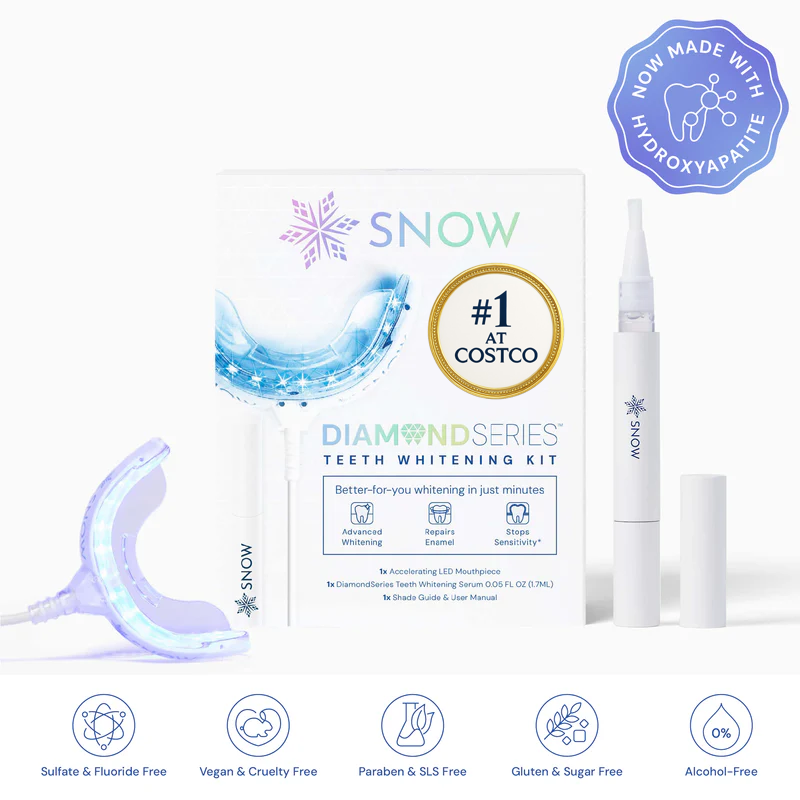
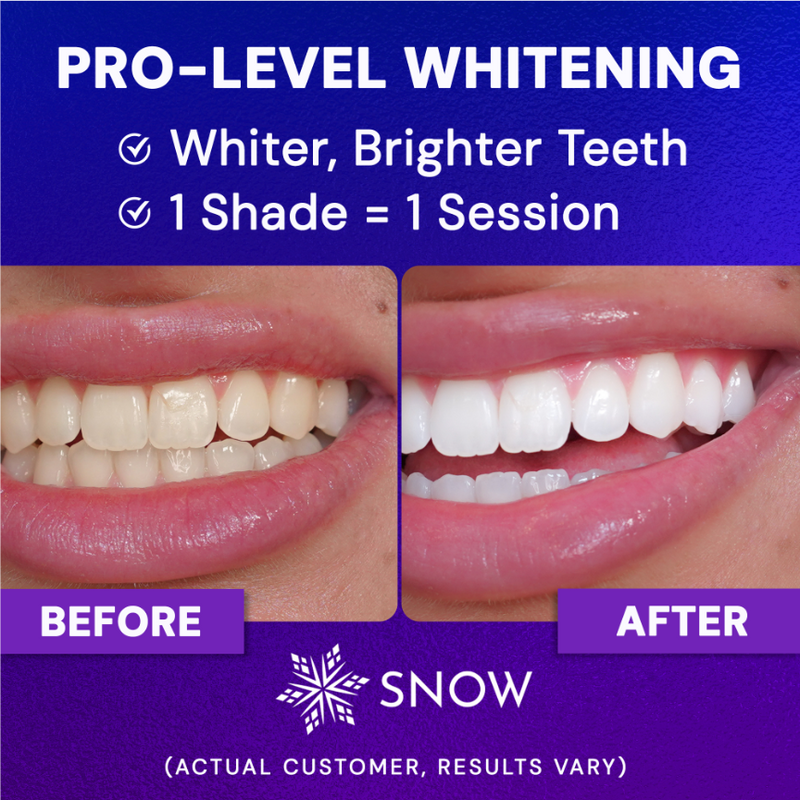
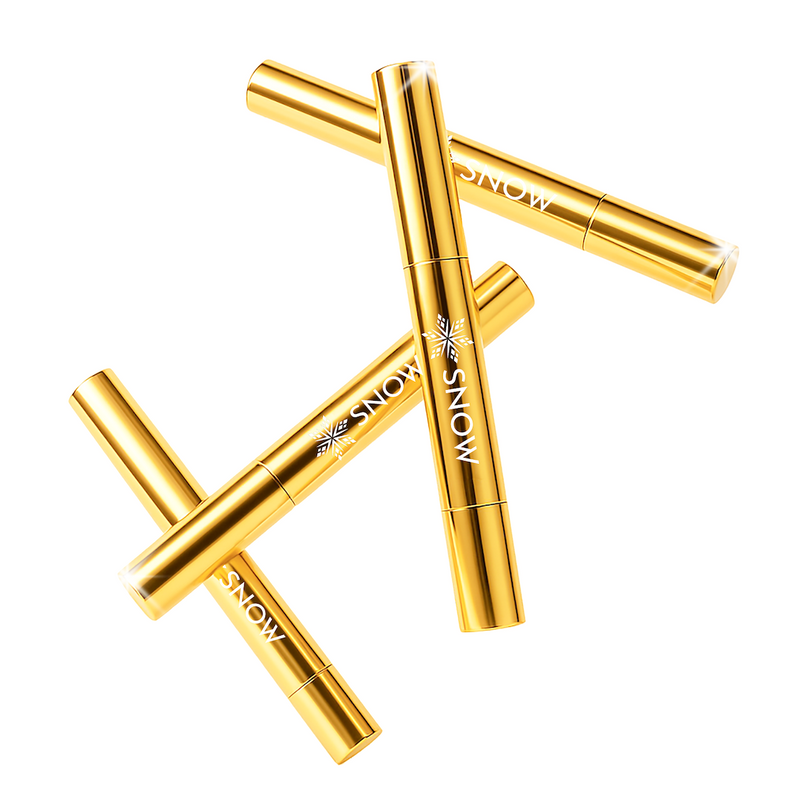
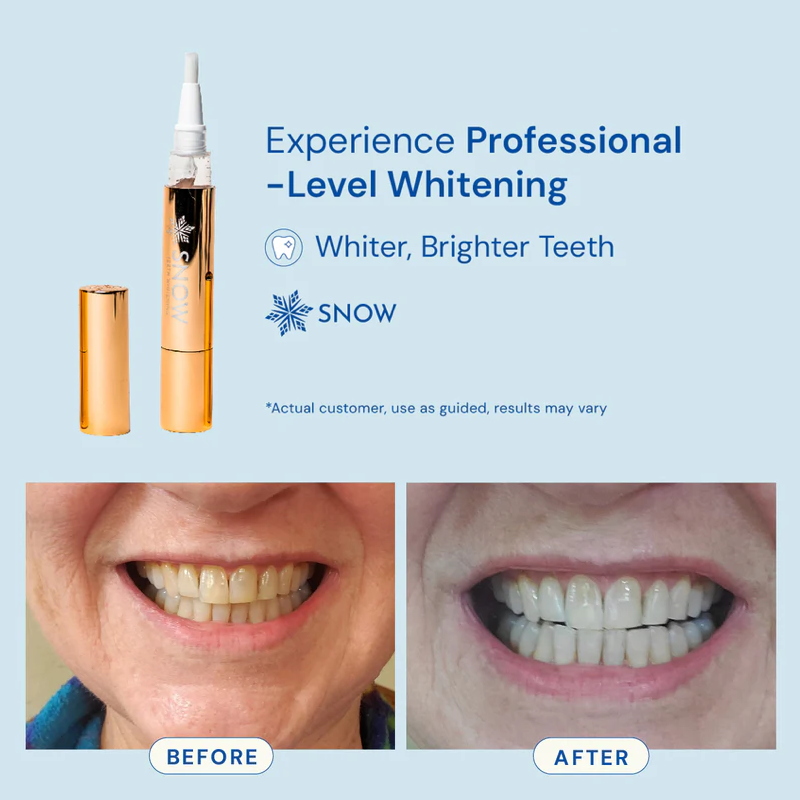


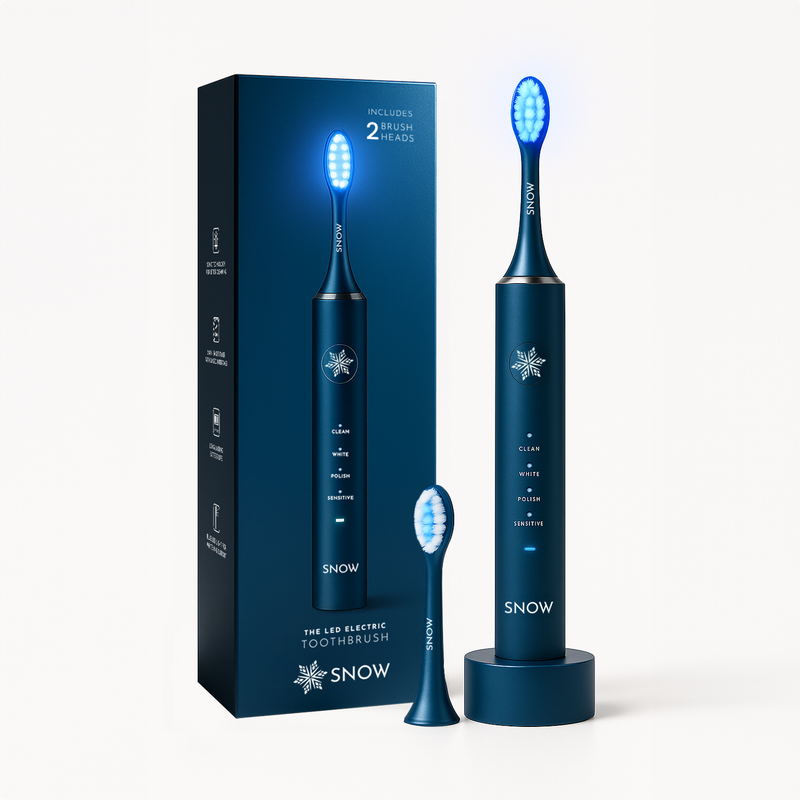

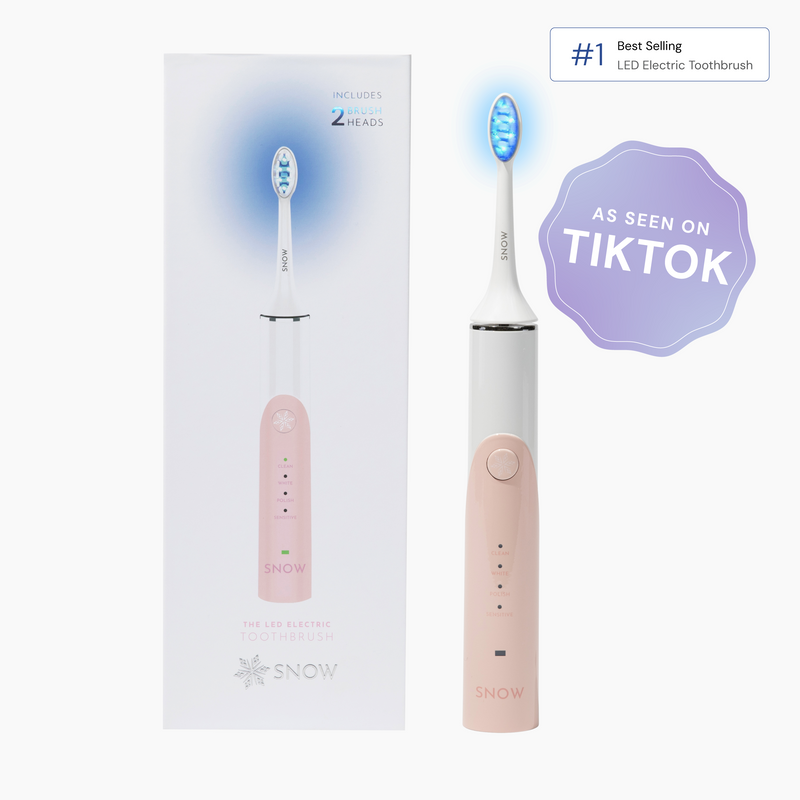
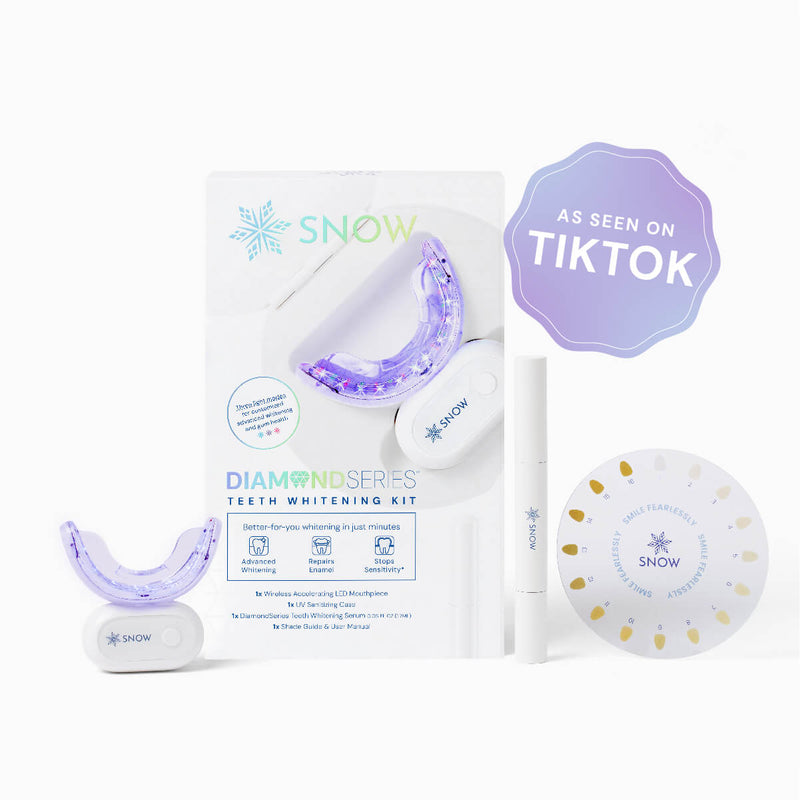
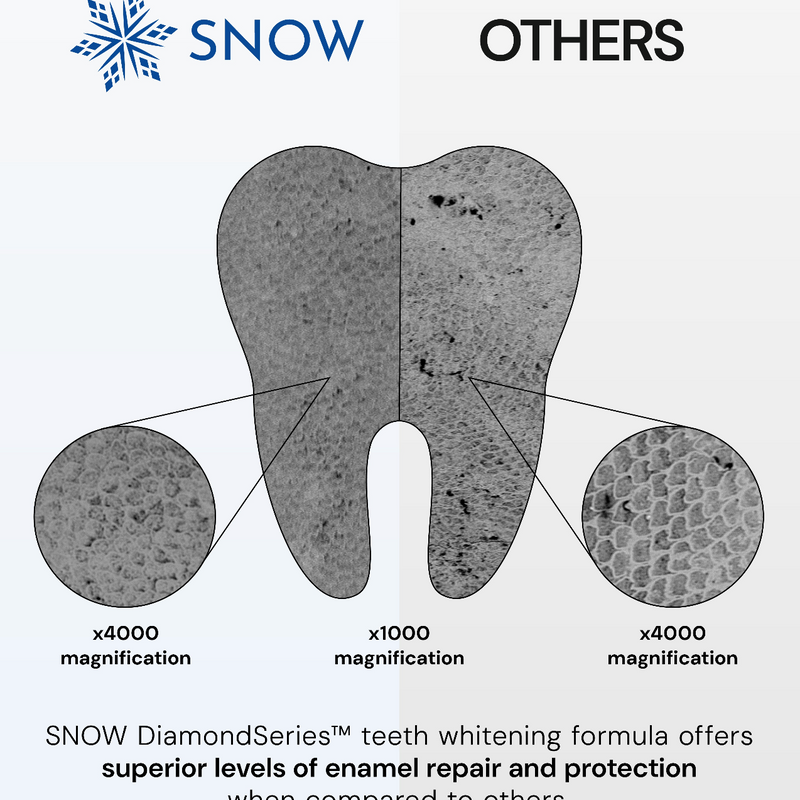



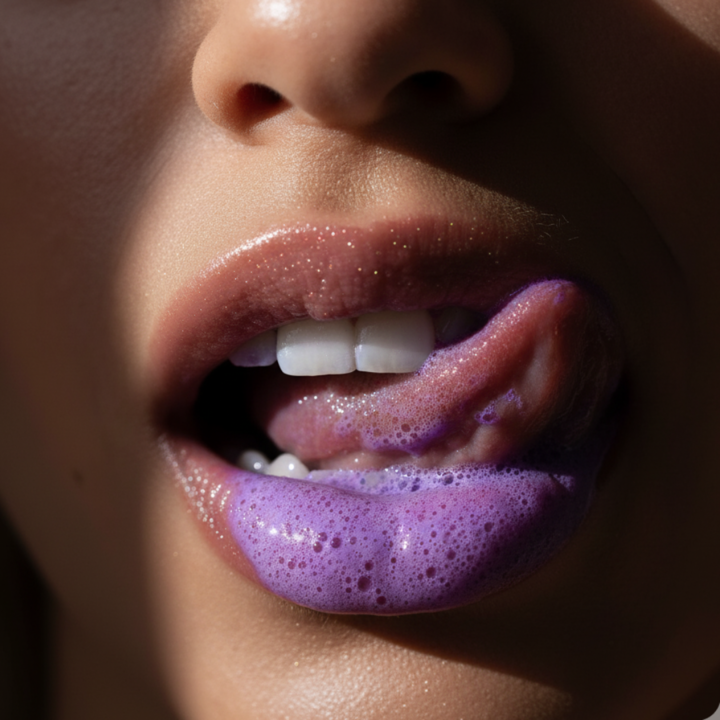


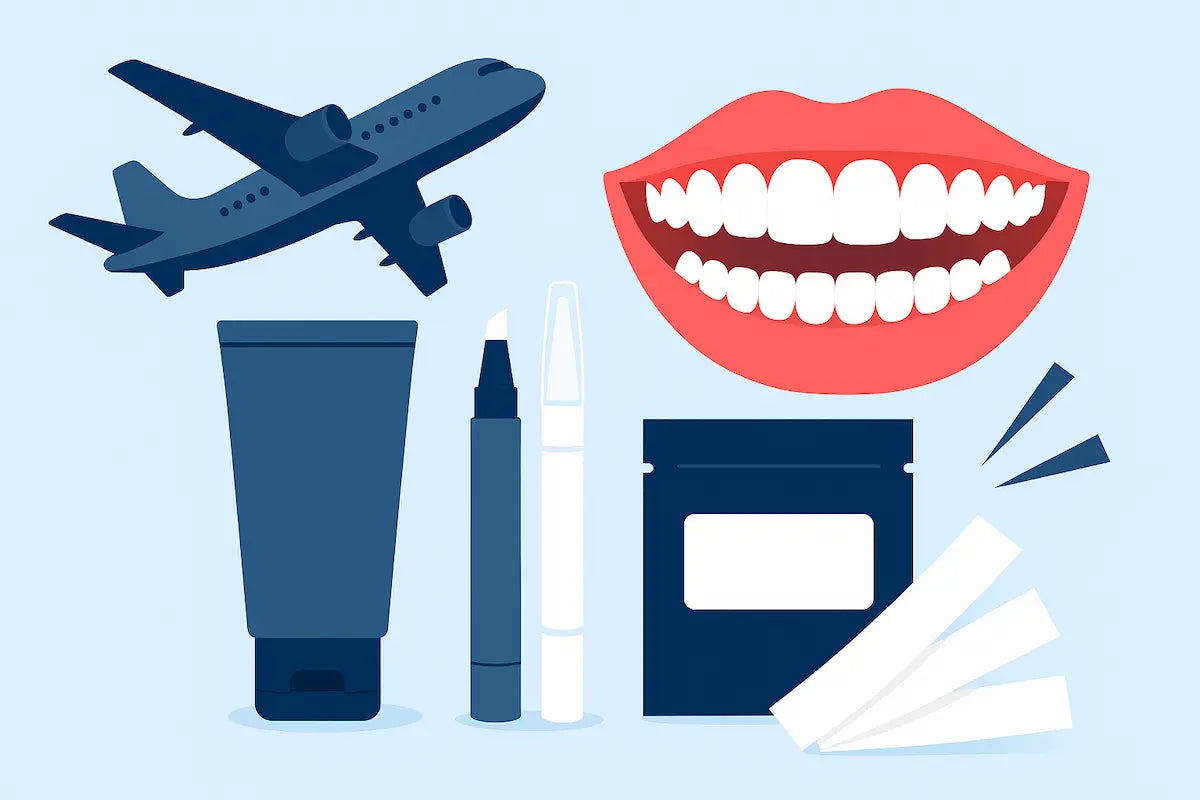
![The 7 Best Dissolving Teeth Whitening Strips of 2025 [Tested & Reviewed]](http://www.trysnow.com/cdn/shop/articles/Best_Dissolving_Whitening_Strips_f255d438-ec16-4864-88ee-a490b9b5c865.webp?v=1761235799)

